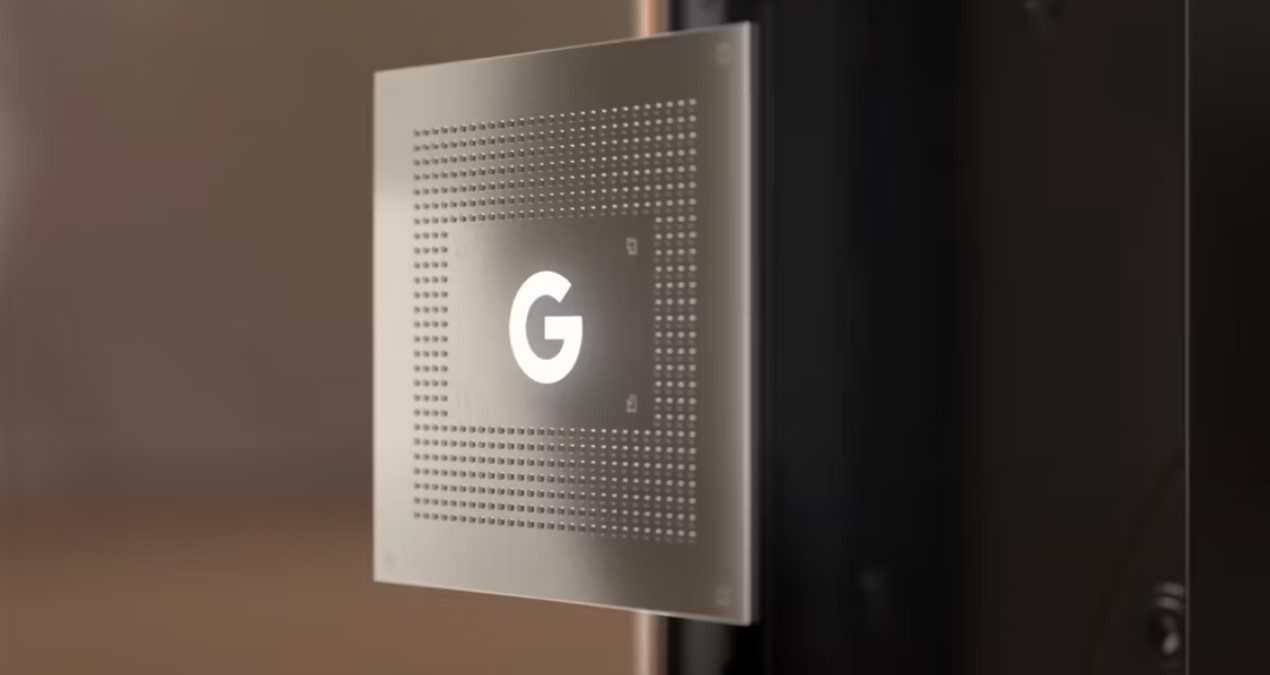Some details about Google’s next-generation SoC, the Tensor G3 (also known as Zuma), have leaked out. Four Cortex-A510 cores, four Cortex-A715 cores, and a single high-performance Cortex-X3 core clocked at 3.0 GHz are expected to be available on the new chip for a total of nine CPU cores. Can you believe it?! While the Tensor G3’s performance will undoubtedly improve with the inclusion of the second-generation Armv9 CPU, it may still trail behind the Armv9.2 version that was only recently revealed.
Kamila Wojciechowska, a well-known leaker, quite the glimpse into the future chipset expected to power the Pixel 8 and 8 Pro. Let’s delve into more details and find out what does Google might have in store for us!
The Arm Mali-G715 (Immortalis) GPU is a step up over the Mali-G710 graphics unit’s seven cores and is expected to be used in the upcoming Tensor G3. Sources for Wojciechowska were unable to confirm the number of cores on this new GPU, but she believes it might be configured with ten cores, which would enable ray tracing, a capability already present on flagships like the Samsung Galaxy S23 Ultra.
The Tensor G2 phones, including the Pixel 7, maintained 32-bit libraries on board; however, with the Tensor G3, this has changed significantly. This update is something that many Android developers have been waiting for.
Thanks to Samsung’s updated UFS controller, Google’s new mobile processor will be compatible with the UFS 4.0 storage standard. This already exists on some of the best flagships you can acquire right now, such as the OnePlus 11 and Samsung’s Galaxy S23+ and Ultra versions, and will provide considerable increases to data read/write rates.
The AV1 encoder will be one of the most notable additions to the Tensor G3, and the Pixel 8 is one of the first devices to include it factory installed. Earlier Tensor chips relied on the “BigOcean” hardware video decoder block. However, the newest “BigWave” block improves upon this.
The Tensor G3 also has a brand new Tensor Processing Unit (TPU), codenamed “Rio” internally. Its purported clock speed is 1.1 GHz, yet beyond that, very little is known. However, we anticipate significant development in this area, especially with regard to Natural Language Processing (NLP) and other applications of AI and ML.
Google may continue using the Exynos Modem 5300 from the Tensor G2, although in a tweaked form. We can’t know for sure until we get some official details. From what we know so far, the Tensor G3 will run on the as-yet-unannounced Samsung Exynos 2300 mobile processor, which will make use of Samsung’s 3nm node.












Leave a Reply